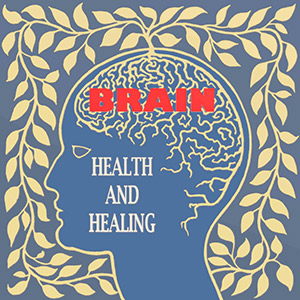Get power over anxiety, mood, voices, learning and memory issues, addiction, OCD, paranoia, etc. We look at root causes and triggers, biotypes, nutrients and herbs, allergies and sensitivities, metals and toxins, environment and epigenetics. We're talking nutritional psychiatry, integrative psychiatry, and functional medicine. Come join us for knowledge, stories, laughter, and serious talk about the brain: how it works, how it is nourished and cared for, and how mental health evolves. And if you want more, you can always look to my books here.
Note: What we say in this podcast is educational only. It is not medical diagnosis or treatment advice for the individual. If you suspect illness, see a knowledgeable physician.
This episode focuses on thyroid health, and its potential impact on bipolar and schizophrenia. We also discuss what low and high thyroid look like, difficulties detecting thyroid problems, and the importance of tyrosine and iodine.


